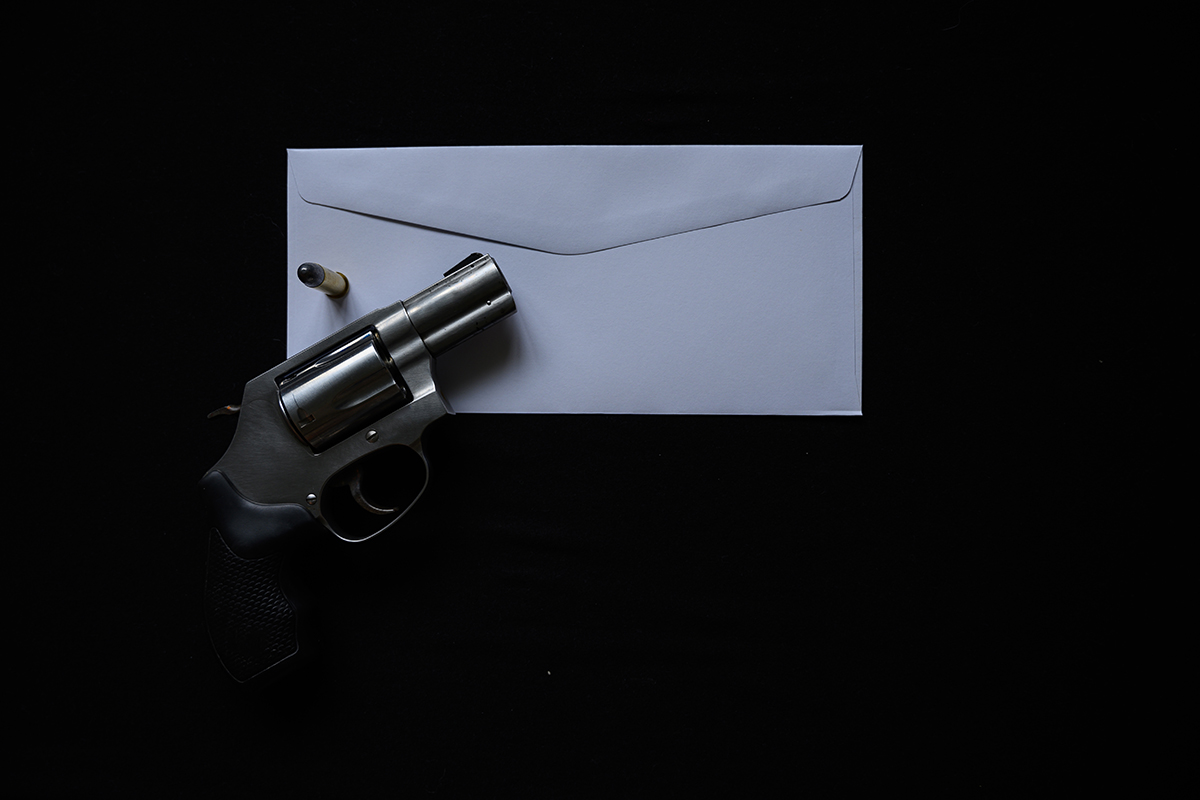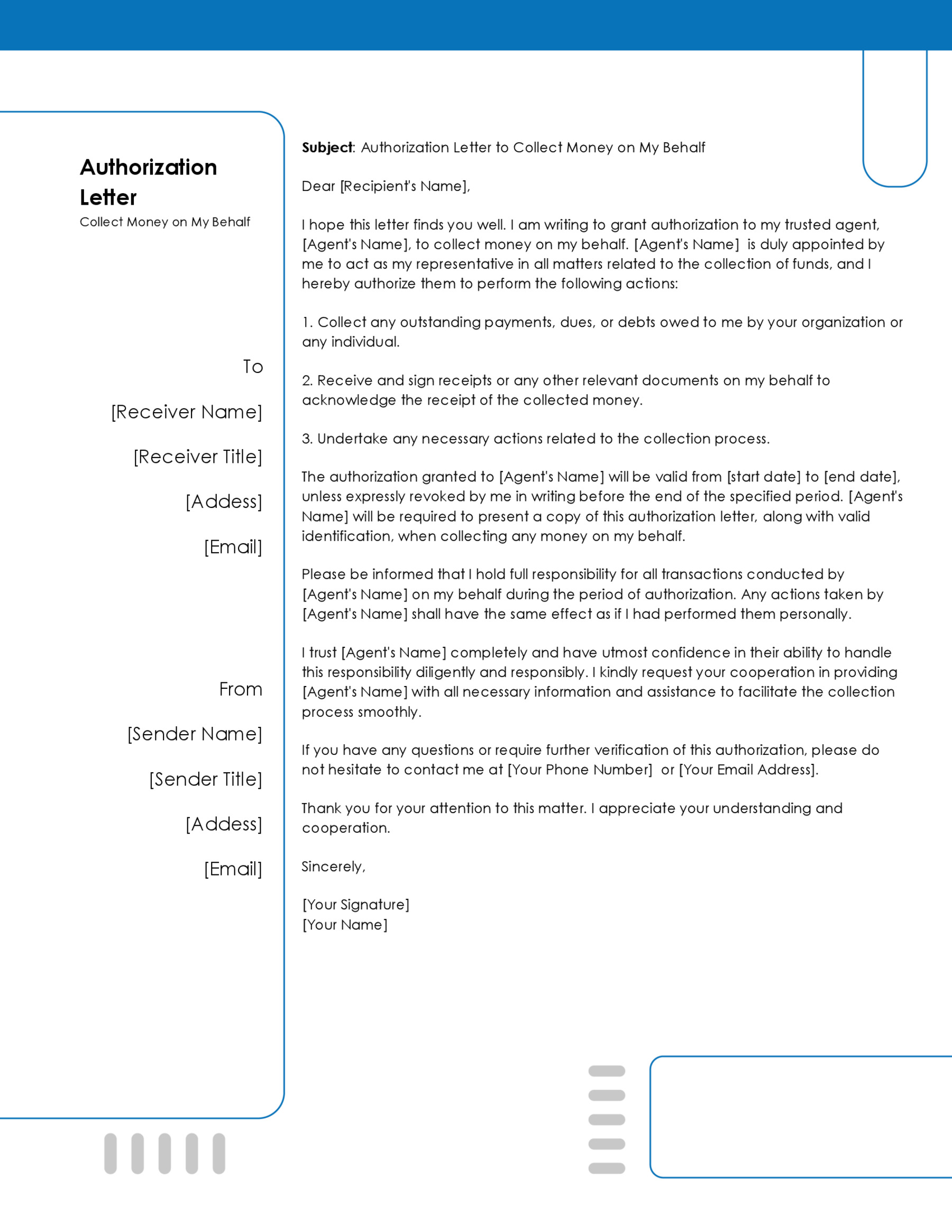Divergent viewpoints, worries, and solutions will exist regarding various issues within the nation and community. Therefore, it is not surprising for constituents to try and pass this information on to the highest level of government and the office of the president to contribute to the country’s growth. A letter to the president is one of the best ways to achieve this.
The President represents the country’s entire population, and their office welcomes any positive or constructive criticism. White House staff receives and reads multiple letters and forwards ten of these letters for the President to read; chances are your letter can always be selected. Upon review, the president can decide to respond personally.
While it might be intimidating to write to the highest government office in the country, writing the letter does not have to be sophisticated or fancy. You must, however, pay attention to details, especially when addressing the letter; the letter can be titled “The President,” and the President can be referred to as ‘Mr. President” throughout the letter.
Civil societies often use letters to the President to advocate policy decisions and public opinion or constituents to reach the President. While the President cannot respond to most of the letters, careful planning, intentionality, and follow-up can boost response.
do you know
The official address for letters to the President is The White House, 1600 Pennsylvania Avenue, N.W., Washington, DC 20500.

How Do You Write a Letter to the President?
This letter is an official letter and should be written as such. You can use electronic contact forms from the official White House website or draft a physical copy of the letter.
This article will discuss the different steps authors can take to craft effective letters to the President below:
The letter needs to start with a header containing details about the author. The header ought to be placed at the top left corner of the page. Next, you should write your official name, home address, city, state, and ZIP code while writing each category of information on a separate line. The letter should then be dated. Finally, the date should be inserted after one blank line.
The details of the president should then be provided. The president’s name (first name and last name) should be indicated before the White House address provided earlier.
Formal salutation
Next, skip a line and then provide a formal salutation.
EXAMPLE
The formal way to address the president is “Mr. President” or “Madam President.”
note
Note that, while the letter will be received and reviewed by the Office of Presidential Correspondence, it is addressed to the President.
Introduction
The first paragraph should be used to introduce who you are and the reason for writing the letter. If you are crafting the letter on behalf of a group, it should be clear how their work is related to the topic to be discussed.
EXAMPLE
“My name is John Doe, an activist for animal rights and a member of the Farewell Animal Protection Organization in Philadelphia. I’m writing this letter in support of your Animal Conservatorship National program targeting endangered animals by seasonal hunting and human interference.”
Body section
Once an introduction has been made and an overview of the letter’s purpose has been provided, you can get into details about what you want to let the president know.
The body can outline the following:
Reasons of writing
Firstly, let the president know what you are proposing for their government to do. The request can be generic or specific.
EXAMPLE
A letter could be written regarding the lack of funds for community rehabilitation centers, which is a general purpose, or a letter asking the president to write a condolence letter to families affected by wildfires in California, which is more specific. Where there is more than one “ask,” they can be listed in bullet points.
Your thoughts
Next, you should provide supporting information that further justifies the letter’s claim, proposal, or solution (purpose). Supporting information can be cited from research reports or official records and can be given as citations, quotations of experts or public officials, anecdotes, or footnotes.
Constructive criticism
The letter should then illustrate the author’s belief in constructive criticism. It is polite to respect the president’s authority and express that the letter is not an order or judgment on their government but rather an input regarding a particular subject that needs to be addressed.
Expected action
The body of the letter should then state the exact action the author is asking the President to undertake. Note that the purpose of the letter is different from the action you are asking them to take.
EXAMPLE
The letter could be about the lack of funds for community rehabilitation centers nationwide. Still, the action would be to increase the budget for community rehabilitation centers in the country.
Conclusion
The next section of the letter should summarize critical points addressed and show appreciation to the President for reviewing the letter. Finally, a statement stating any attached documents should be provided.
Complimentary close
The letter should then be finalized by supplying a complimentary closing, author’s name, and signature. The most common complimentary close for letters to the President is “most respectfully,” but any other formal complimentary close such as “Sincerely” is acceptable. After the closing, sign the letter and provide your name.
Format of the Letter
The letter needs to be professionally formatted. Therefore, several formatting considerations need to be considered:
- The letter should be written or typed (preferably typed) on a standard 8.5” x 11″ piece of paper. If handwritten, a pen should be used, and the letter must be neatly written.
- Use single-spacing and skip one line to separate paragraphs.
- The letter should be aligned to the left, and a formal font such as Times New Roman or Calibri should be used.
- Since the letter is a formal document, it should adopt a standard business letter format; header, salutation, introduction, body, conclusion/summary, and signing off.
- The greeting can be generic or specific; “Dear Mr. or Madam President” or “Dear President [last name].”
- The letter should be legible and to the point. Therefore, it is advised that the letter be less than three pages long.
Template
[Your address]
[[Your Full Name]
[Your Street Address]
[City, State, Zip Code]
[Date]
President [President’s Full Name]
The White House
1600 Pennsylvania Avenue NW
Washington, DC 20500
Dear President [President’s Last Name],
I hope this letter finds you well. My name is [Your Full Name], and I am a resident of [Your City, State]. I am writing to you today as a concerned [citizen/student/professional] regarding [briefly state the topic or issue you are writing about, e.g., environmental policy, education reform, healthcare].
[In the next paragraph, provide a detailed explanation of the issue or topic. Include specific examples, personal experiences, or observations that highlight the importance of the matter. Be concise and factual to help the President understand your perspective and the impact of the issue.]
[Use this paragraph to explain what you hope to see happen. Describe any specific actions or policies you wish the administration to consider or implement. If you have suggestions or solutions, present them here. Be respectful and constructive, acknowledging the complexity of governance and policy-making.]
I understand the challenges and pressures that come with leading our nation, and I appreciate the efforts made by your administration to address the myriad issues facing our country. It is my hope that by bringing [the specific issue] to your attention, further consideration can be given to how we, as a nation, can work towards [state the desired outcome, e.g., a more sustainable future, equitable education for all, accessible healthcare].
Thank you for taking the time to consider my letter. I am grateful for the opportunity to express my concerns and suggestions directly to you. I believe in our country’s potential to overcome challenges and continue progressing towards a brighter future for all its citizens.
Sincerely,
[Your Signature (if sending a hard copy)]
[Your Printed Name]
Sample
Dear President Doe,
I hope this letter finds you well. My name is John A. Smith, and I am a lifelong resident of Springfield, Illinois. As someone deeply concerned about the environment and the legacy we leave for future generations, I am compelled to write to you about the urgent need for comprehensive environmental policy reform in our country.
The increasing frequency of extreme weather events, from devastating hurricanes to unprecedented wildfires, underscores the immediate threat climate change poses to our communities, economy, and way of life. In my own community, we have witnessed the adverse effects of environmental degradation firsthand, with local water sources becoming polluted and natural habitats being destroyed, leading to a noticeable decline in local biodiversity.
I believe that it is imperative for our nation to lead by example in addressing climate change and environmental degradation. This can be achieved through the implementation of policies that promote renewable energy sources, encourage sustainable agriculture and manufacturing practices, and protect our natural resources from further harm. Investing in green technology and infrastructure not only has the potential to significantly reduce our carbon footprint but also to create millions of jobs, driving economic growth in a sustainable direction.
I urge your administration to consider the following actions:
- Strengthening regulations on emissions and pollutants from industrial activities to protect air and water quality.
- Expanding incentives for businesses and homeowners to adopt renewable energy sources, such as solar and wind power.
- Supporting research and development in green technologies and sustainable practices across various sectors.
- Enhancing conservation efforts to protect our national parks, forests, and wildlife.
I understand the challenges involved in enacting such comprehensive reforms, but I firmly believe that with bold leadership and decisive action, we can overcome these obstacles and secure a healthier, more sustainable future for all Americans.
Thank you for your attention to this critical issue. I am hopeful that under your leadership, we can take the necessary steps to address climate change and environmental degradation head-on. I look forward to seeing the policies your administration will implement to protect our planet for generations to come.
Sincerely,
[Signature]
John A. Smith
Analysis
This letter effectively communicates the writer’s concerns about environmental issues and presents a compelling case for comprehensive policy reform. It begins with a respectful and formal address to the recipient, establishing a tone of seriousness and importance. The writer introduces themselves and their connection to the issue, establishing credibility as a concerned citizen and resident of the community affected by environmental degradation.
The letter concisely outlines the urgent need for action on climate change, supported by evidence of recent extreme weather events and local environmental impacts. By providing specific examples from their community, the writer makes the issue tangible and relatable, emphasizing the relevance of environmental policy reform at the grassroots level.
Furthermore, the letter proposes concrete actions for the recipient’s administration to consider, demonstrating proactive engagement with the issue and offering potential solutions. These actions are well-reasoned and aligned with broader environmental objectives, such as reducing emissions, promoting renewable energy, and protecting natural resources.
The closing remarks express gratitude for the recipient’s attention and convey optimism about the potential for positive change under their leadership. Overall, the letter effectively combines persuasive argumentation, personal conviction, and respectful advocacy to make a compelling case for environmental policy reform.
Professional Tips and Tricks
It is undoubtedly a little difficult to get the president to read your letter. The message and quality of the letter will, however, impact whether it gets reviewed by White House staff.
The following tips, if incorporated correctly, are known to boost a letter’s chances of getting reviewed:
- Keep it direct and concise. Consolidate the message in a few words to ensure the person who reviews the letter understands what you wanted to communicate, even if they have 1 or 2 minutes to spare.
- Keep the tone formal and respectful. Try to use diplomatic language that illustrates objectivity and lack of judgment on the issue.
- Proofread the document before sending it and correct any grammatical and spelling errors, as well as typos. Then, you can prepare drafts until you have a draft that is satisfactory for submission.
- Use enough postage. Aim to get the letter delivered as soon as possible, mainly if you write about time-sensitive issues.
- Consider sending an email instead, as emails are deemed the official means of communication for the White House.
When Should the Letter Be Sent?
Timing plays a vital role in getting the letter reviewed. The best times to send your letter are:
- When the subject of your letter is an emerging topic or is in the limelight, this can be done when the news covers an associated event/topic or when Congress takes an interconnected action.
- At the beginning of a new government administration or the start of an incumbent administration’s new term. Why? New administrations will be conducting policy reviews at the beginning of their tenure, and public input is an important consideration. Also, White House staff will be looking for new ideas to impress their new president.
- In coordination with other related high-profile advocacy initiatives, for example, during activist movements. This is considered an excellent time to get the letter reviewed.
How Is the Envelope Addressed?
Formatting the address on the envelope of the letter is essential to ensuring the letter gets selected for review from the multiple letters White House staff have to go through.
Therefore, the following details must be included in the envelope:
‘The President’ in the address
The envelope must show the letter is addressed to the president by declaring so. At the center of the front side, this information should be provided as follows: “The President.” This should be in bold and in a relatively large font that grabs immediate attention.
Full address of white house
The White House address should then be provided beneath the words “The President.” All the elements of a standard mailing address must be provided; street address, city, and postal code. The address needs to be written in the same font as used in the information above.
Your return address
To sum up, at the top left corner of the envelope, you should supply your address. This is the return address to which any response is going to be sent. A return address encourages two-way communication.
Other Options
The Office of Presidential Correspondence has different ways people can use to communicate with the President.
The other ways to communicate with the president include:
You can use email to forward your issue, proposal, or message to the President. Email submissions must be made using the White House’s email submission form, which can be found on their website. The message can be conveyed the same way as a letter, but the header and signature are not included. Contact information has to be provided instead.
Telephone
Messages to the President can also be sent through a phone call to the Office of Presidential Correspondence.
The following telephone numbers can be used for this exercise:
- TTY/TTD, call 202-456-6213
- Comments: 202-456-1111 or
- Switchboard: 202-456-1414
- Visitors Office: 202-456-6213
Conclusion
The president is one of the highest positions held in a country. The President being a representative of the people, the Office of the President must be accessible in one way or another to the people .One way to discuss various issues within the nation’s communities is to write a letter to the president. The letter should be brief, direct, and addressed to the president’s official residence, the White House. It is a formal letter that needs to be formatted as a standard business letter.
It is structured as follows; header, formal salutation, introduction, body of the letter, conclusion, complimentary close, signature, and author’s name. As much as a letter can be equally effective in delivering a message to the president, the White House recommends using email as it is the official method of communication.




